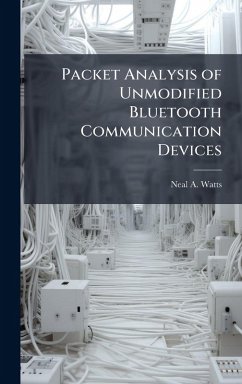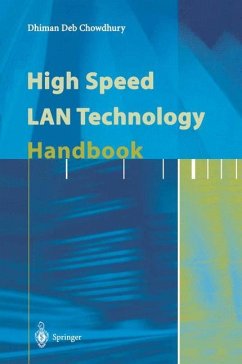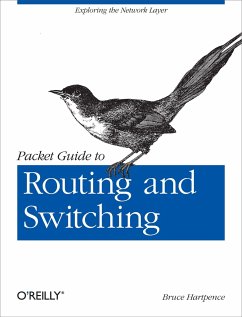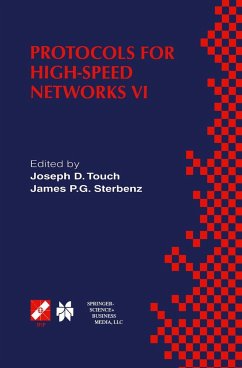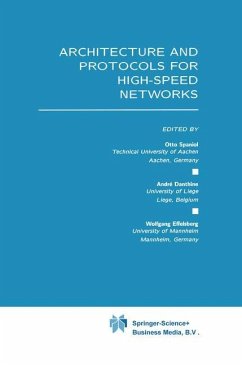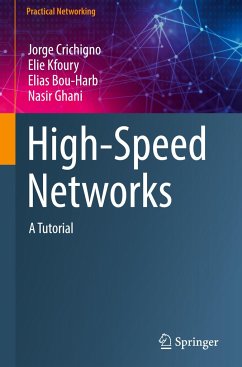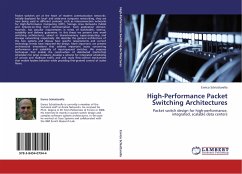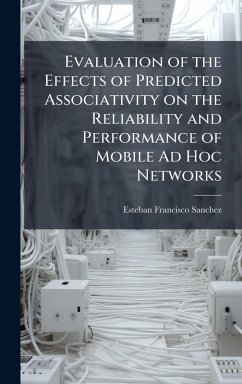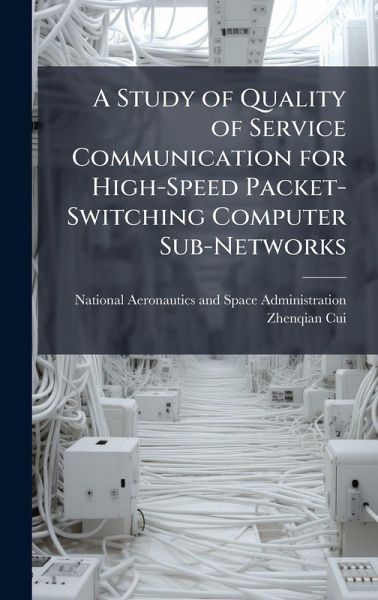
A Study of Quality of Service Communication for High-Speed Packet-Switching Computer Sub-Networks
Versandkostenfrei!
Versandfertig in über 4 Wochen
28,99 €
inkl. MwSt.
Weitere Ausgaben:

PAYBACK Punkte
14 °P sammeln!
In this thesis, we analyze various factors that affect quality of service (QoS) communication in high-speed, packet-switching sub-networks. We hypothesize that sub-network-wide bandwidth reservation and guaranteed CPU processing power at endpoint systems for handling data traffic are indispensable to achieving hard end-to-end quality of service. Different bandwidth reservation strategies, traffic characterization schemes, and scheduling algorithms affect the network resources and CPU usage as well as the extent that QoS can be achieved. In order to analyze those factors, we design and implemen...
In this thesis, we analyze various factors that affect quality of service (QoS) communication in high-speed, packet-switching sub-networks. We hypothesize that sub-network-wide bandwidth reservation and guaranteed CPU processing power at endpoint systems for handling data traffic are indispensable to achieving hard end-to-end quality of service. Different bandwidth reservation strategies, traffic characterization schemes, and scheduling algorithms affect the network resources and CPU usage as well as the extent that QoS can be achieved. In order to analyze those factors, we design and implement a communication layer. Our experimental analysis supports our research hypothesis. The Resource ReSerVation Protocol (RSVP) is designed to realize resource reservation. Our analysis of RSVP shows that using RSVP solely is insufficient to provide hard end-to-end quality of service in a high-speed sub-network. Analysis of the IEEE 802.lp protocol also supports the research hypothesis. This work has been selected by scholars as being culturally important, and is part of the knowledge base of civilization as we know it. This work was reproduced from the original artifact, and remains as true to the original work as possible. Therefore, you will see the original copyright references, library stamps (as most of these works have been housed in our most important libraries around the world), and other notations in the work. This work is in the public domain in the United States of America, and possibly other nations. Within the United States, you may freely copy and distribute this work, as no entity (individual or corporate) has a copyright on the body of the work. As a reproduction of a historical artifact, this work may contain missing or blurred pages, poor pictures, errant marks, etc. Scholars believe, and we concur, that this work is important enough to be preserved, reproduced, and made generally available to the public. We appreciate your support of the preservation process, and thank you for being an important part of keeping this knowledge alive and relevant.



